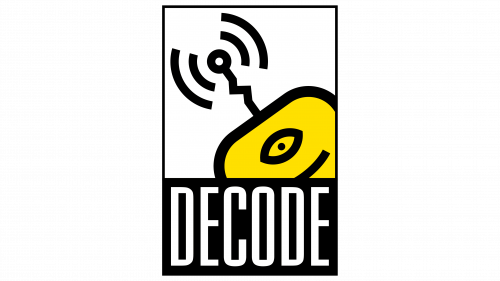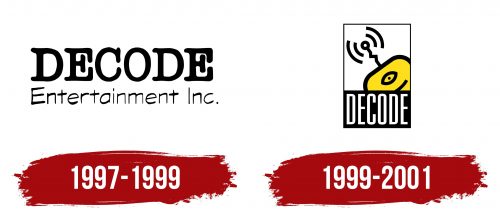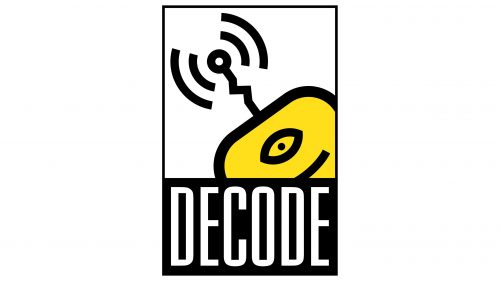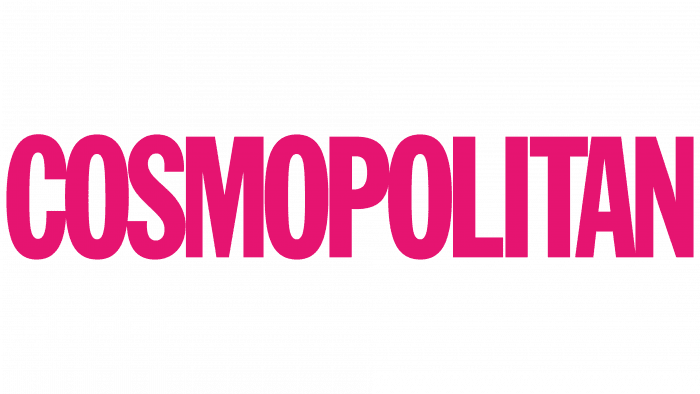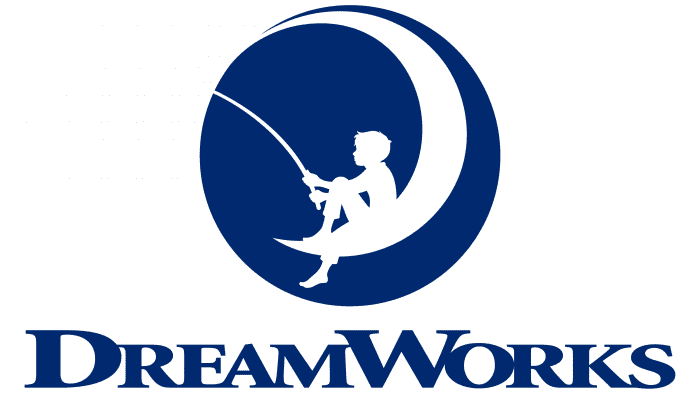The Decode Entertainment logo attracts with its mystery and atmosphere of adventure. It invites young viewers to embark on an amazing journey where digital secrets and hidden heroes await. The symbol creates the feeling that there is always something new and unusual behind the screen, waiting to be discovered. Unraveling such mysteries and learning about unknown characters becomes truly exciting, especially when beloved animated characters created by the company join the process.
Decode Entertainment: Brand overview
Decode Entertainment was founded in 1997 by Neil Kurth and Steven DeNure in Toronto, Canada. It focuses on creating high-quality family and children’s programming for television and other media. The company’s first major success came in 1999 with the launch of Angela Anaconda, an animated series that used a mix of computer animation and photo collage. This innovative approach helped establish Decode Entertainment as a prominent children’s television market player.
In the early 2000s, the company expanded its portfolio with more projects. One notable collaboration was The Hoobs, co-produced with The Jim Henson Company in 2001. This educational series for preschoolers aired in the UK and internationally, broadening the company’s reach. Another milestone came in 2002 with the release of Radio Free Roscoe. This live-action teen series won critical acclaim and multiple awards, including the Gemini Award for Best Youth Series.
In 2003, the studio expanded further by acquiring Halifax Film Company, increasing its production capacity and presence across Canada. In 2004, Planet Sketch, an animated sketch comedy series co-produced with British studio Aardman Animations, was released, extending its influence in international markets.
A significant change occurred in 2006 when the company merged with Halifax Film to form DHX Media, which later became WildBrain. This merger created one of the largest independent producers and distributors of children’s content globally. Despite the merger, the brand continued to appear on some projects, such as the popular preschool series Super Why!, which debuted in 2007.
Over the following years, the name was gradually phased out in favor of DHX Media. However, many key figures, including its founders, remained with the company to help grow the business. By 2010, the organization had become one of the largest children’s media producers and distributors worldwide, building on its legacy.
In 2012, the company acquired Cookie Jar Group, a major Canadian producer of children’s programming, further strengthening its position in the industry. In 2013, it expanded its reach by purchasing Disney Junior, Disney XD, and Family Channel from Bell Media, allowing content creation and distribution control.
In 2017, the company acquired the iconic children’s brands Peanuts and Strawberry Shortcake, adding to its intellectual property portfolio. By 2018, leadership changes occurred, with founder Michael Donovan returning as CEO and launching a review of the company’s operations to improve productivity.
In 2019, the company rebranded as WildBrain, marking a new phase in its evolution. This rebranding officially retired the previous name, though the legacy of innovation and creativity it brought to the children’s entertainment industry continued under the WildBrain umbrella.
As of 2023, the original studio’s influence can still be felt in the children’s content industry. The expertise and creativity that defined the early years continue to shape the sector, with many of the projects it pioneered still thriving under the WildBrain brand.
The company’s history includes innovation, adaptability, and a lasting impact on children’s television and animation. From its early days as a small independent studio, it became a key player in one of the world’s largest children’s content producers.
Meaning and History
What is Decode Entertainment?
This Canadian company has earned a reputation for creating inventive and captivating content that appeals to young people worldwide. Its catalog includes a variety of animated and live-action series, each with its unique style and educational value. The company is known for its ability to create characters and stories that resonate with children, subtly delivering important life lessons. This is reflected in content for different age groups, from charming programs for preschoolers to thrilling adventures for older kids. The company’s success lies in combining entertaining elements with educational aspects, allowing children to learn while enjoying fun viewing.
1997 – 1999
The company’s logo is designed in a simple and memorable style. It consists of an image and a large name written in a clear font. The main focus is on a yellow figure with an eye, resembling a robot part or a technological device. This refers to digital technologies and the modern media world in which the company operates. Above the figure is a signal symbol, visualizing the transmission of information—a key element in working with television, series, and multimedia.
The company name “DECODE” is written in capital letters, giving the logo strength and confidence. The font style is strict and modern, reflecting a serious approach to content production and careful development. This design emphasizes the professionalism and technological focus of the company.
The color scheme is symbolic: the bright yellow is associated with energy, creativity, and innovation, while the black background and lines add contrast and severity, highlighting the brand’s reliability and stability. The emblem demonstrates the connection between technological solutions and creative processes.
Interestingly, the name comprises parts of the founders’ last names: DeNure, Court, and Delmage, which makes this brand more personal and family-oriented. When the studio was actively developing, the focus was on creating original content and children’s TV shows, which is also reflected in the friendly and technological design of the visual symbol.
1999 – 2001
The updated logo of Decode Entertainment, presented two years after its founding, resembles a poster. The standout feature is a yellow character—a one-eyed robot peeking out from behind a corner. This element gives the logo a sense of dynamism and interactivity. The robot looks directly at the viewer, creating the impression that it invites us into the world of multimedia adventures. Its playful nature highlights the company’s creative and innovative approach to content creation.
The robot’s yellow color symbolizes energy, optimism, and a drive for innovation. This reflects the studio’s mission of producing vibrant, positive content for children and teenagers. At the top of the emblem, the robot’s antenna sends out radio signals, hinting at the spread of information and technology and the strong connection to the digital media projects Decode has worked on.
The lower part of the logo features a black background with the company name DECODE printed in large white letters. With its elongated characters, the font choice adds a sense of growth and progress. The contrast between black and white emphasizes the importance of balancing creativity and a serious technological approach. The emblem reflects the company’s focus on creating cutting-edge, engaging multimedia projects for children and young audiences.
